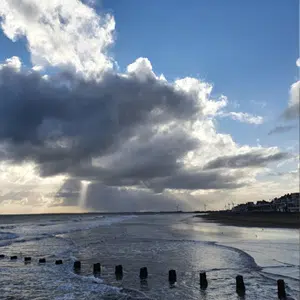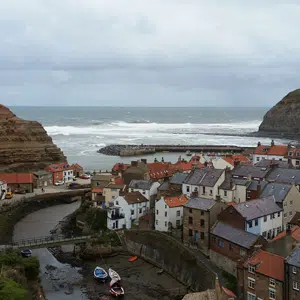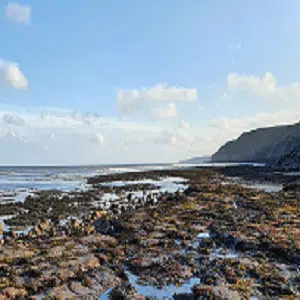Water Quality
Bathing Water
The Bathing Water Directive sets the standard for bathing water quality and ensures that up to date information is shared with the public. Under this legislation, bathing waters are classified into four categories – excellent, good, sufficient and poor.
Bathing water quality changes in response to a variety of environmental factors. Check your local beaches on the Environment Agency’s website here.
The Bathing Water Partnership works to improve Yorkshire’s coastal water quality, helping to protect public health and the environment. Working together with partners from across the region, the group explores common issues and shares resources to maintain or improve water quality. Working with the Bathing Water Partnership, Yorkshire Water have invested more than £110 million over the last few years to manage stormwater, upgrade infrastructure and engage with communities.
You might also see Blue Flag and Seaside Awards whilst you’re enjoying time on the beach. These awards, managed by Keep Britain Tidy, are aimed at improving the quality of England’s coastline and promoting the best beaches. Find out which Yorkshire beaches have secured these awards on the Keep Britain Tidy website here.
Ecological Water Quality
The Water Framework Directive classifies all waterbodies as high, moderate, good, poor or bad, based on biological, physiochemical and hydromorphological elements. In essence, this means that waters are monitored for how they function as an ecosystem; the health of species and habitats, chemical composition of the water, and the level of artificial or man-made infrastructure are all taken into account.
The Yorkshire coast is split into two water bodies: Yorkshire North and Yorkshire South. Both are monitored for chemical and ecological changes, improvements and issues by the Environment Agency. The latest monitoring data can be found on the Environment Agency’s Data Explorer website.
Water Quality Data ExplorerYou may also be interested in…



